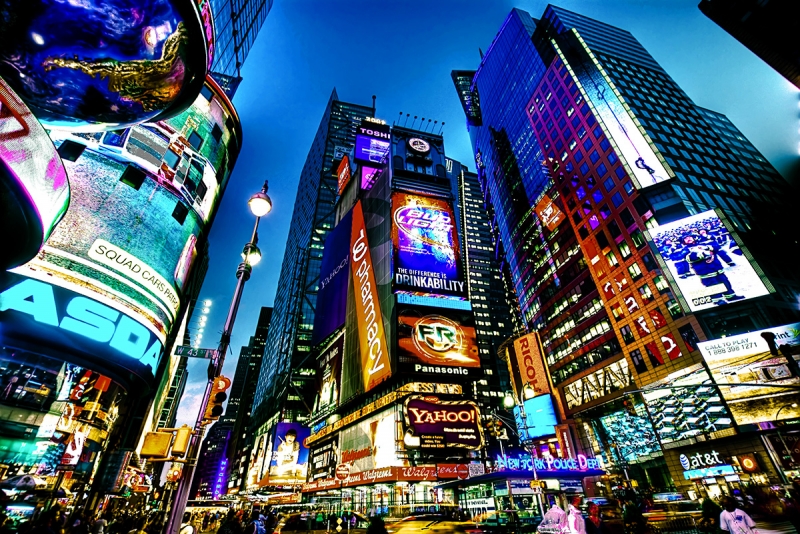By mid-July, 500 additional hubs will be installed with an estimated 1 - 2 week testing process required before each hub is activated and ready to use. Eventually, this will lead to the installation of over 7,500 hubs in total, with each one set to succeed a previously existing telephone booth.
When they’re finally ready for the Big Apple to use and abuse, every hub will come complete with USB charging ports, a touchscreen with web browsing functionality, and two 55-inch advertising displays, as if New York needed any more corporate sponsorship. On the bright side, it’s those ads that will keep the Internet free, with the hubs, collectively, expected to generate over $500 million in the next 12 years.
The LinkNYC project derived from Mayor Bloomberg’s Reinvent Payphones competition between designers, planners, technologists, and policy experts to find something new to replace the antiquated phone system.
Because of a purported slowdown in outer-borough hubs as opposed to those found in Manhattan, the project has also been the center of some well-deserved controversy lately.
Not only that, but as Buzzfeed reported back in October, one of the companies involved in the hubs’ creation, Titan, was actually responsible for instilling Bluetooth beacons in select test hubs, presumably with malicious intent including tracking pedestrians and displaying ads on their personal devices. Fortunately, the beacons were quickly removed ensuing the public backlash.
During its reveal in 2014, it was said hubs would begin to appear "next year." While they’ve technically delivered on the promise, it’s somewhat disappointing that the first working hub has arrived in a severely limited capacity just a few days before the new year. Presently, certain functions on the existing LinkNYC Beta hub -- namely the onboard tablet controller intended for web, maps, and free phone calls -- are marked as "coming soon."
Any New Yorkers looking forward to free Wi-Fi, or are privacy concerns hindering your excitement?
